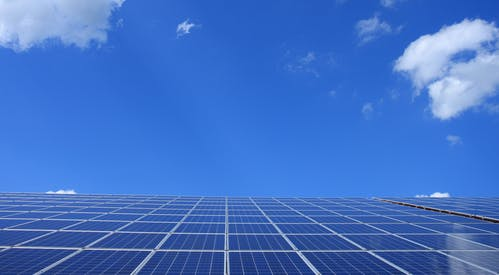A transformative renewable energy project is reshaping the discussion around climate action as nations gear up for November’s COP29 climate talks. This initiative showcases the growing potential of large-scale solar energy implementation, offering critical insights for developing economies, particularly in Africa.
The 308-megawatt peak solar installation, completed in 2023 by renewable energy leader Sungrow, now supplies power to over 110,000 homes and generates approximately 500 million kilowatt-hours annually. This accomplishment is more than just a statistic—it serves as a powerful proof of concept for nations seeking to balance economic growth with climate responsibilities.
“Our efforts embody Sungrow’s commitment to providing innovative and scalable renewable energy solutions,” said Thompson Meng, Vice President of Sungrow PV & Storage BG. “As COP29 takes place here, we are honoured to support the nation’s path to a more sustainable future, which resonates deeply with global climate objectives and African initiatives.”
For South Africa and its neighbouring countries, the success of this project holds particular importance. As the continent’s most industrialised economy contends with ongoing power shortages and an aging coal infrastructure, the demonstration of effective utility-scale solar energy implementation presents a compelling alternative. South Africa’s drive to expand its renewable energy capacity by 2030 aligns closely with the scale and ambition of this landmark project.
The implications of this project go far beyond immediate energy production. Sungrow’s accomplishment, supported by an AA rating from MSCI for its environmental, social, and governance practices, demonstrates how emerging markets can bypass traditional energy development pathways. The company’s position as the global leader in PV inverter shipments, as reported by S&P Global Commodity Insights, signals a broader transformation in energy markets.
Industry analysts highlight that projects like these are becoming increasingly vital to climate action strategies across the Global South. With declining costs and improved reliability, utility-scale solar installations are now a more appealing option for countries grappling with energy security challenges alongside climate commitments.
The timing of this achievement is especially significant as nations prepare for COP29. The success of large-scale renewable projects is poised to shape discussions around technology transfer, climate finance, and the role of emerging economies in the global fight against climate change. For African nations, many of which enjoy abundant sunshine but face energy access challenges, this project provides a practical example of sustainable development in action.
Sungrow’s presence in over 170 countries highlights the global relevance of such solutions. As the company nears three decades of operations, its broad portfolio — encompassing solar, wind, storage, electric vehicle, and hydrogen technologies — firmly positions it as a leader in the global energy transition.
 We just launched our WhatsApp channel. Want to get the latest news from the Tech in Africa?
We just launched our WhatsApp channel. Want to get the latest news from the Tech in Africa?


